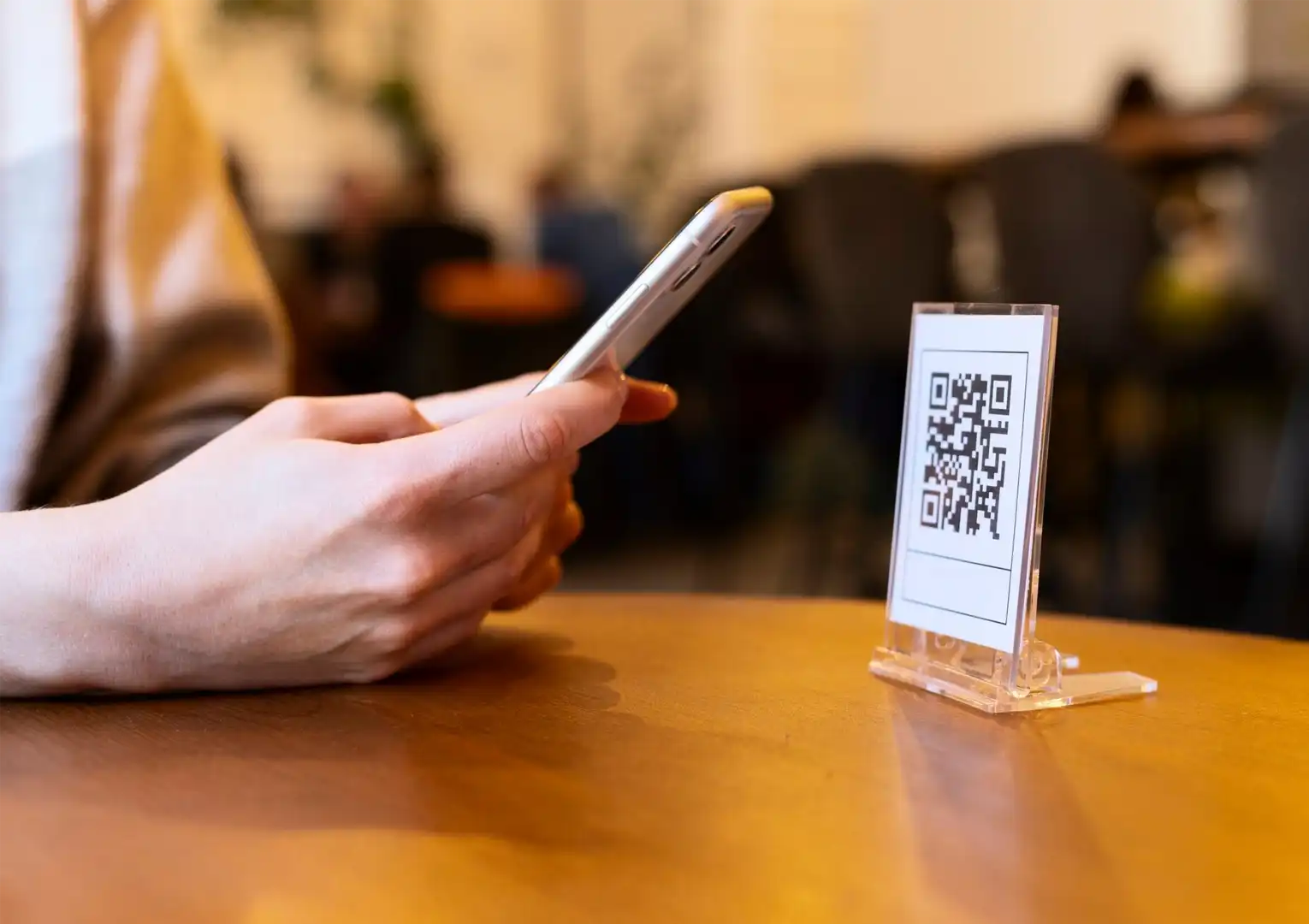Electronic Payment: Benefits and Available Options
April 10, 2025
Share This Article

The popularity of electronic payments has skyrocketed over the past decade. This financial service innovation has significantly transformed how people conduct transactions, making electronic payments increasingly favored. Below is some essential information about e-payments that every MSME (Micro, Small, and Medium Enterprise) owner should pay attention to. Take a look!
What Is Electronic Payment?
Electronic payment is a method of conducting transactions or paying bills online or through electronic platforms—without using physical checks or cash.
According to findings from the Visa Consumer Payment Attitudes Study (2023), 92% of Indonesians are moving away from cash payments. The study also highlights that the use of electronic payment methods has consistently increased year after year, reflecting a growing preference for digital transactions in everyday life.
Benefits of Providing Electronic Payment for MSMEs
The use of electronic payment methods—especially for small businesses—offers many advantages. Here are some of them:
1. Convenience and Efficiency
Electronic payments offer speed and ease for customers. On the business side, they also provide a high level of convenience.
You can integrate electronic payment methods into your platform or point-of-sale (POS) system, allowing much of the transaction recording and financial reporting processes to be automated.
2. Higher Revenue Potential
When people run out of cash, they usually have to find an ATM to withdraw more. However, by offering e-payment options, you provide customers with greater convenience and flexibility in making transactions.
This encourages them to spend more freely, knowing they have sufficient digital balance to cover their purchases. Indirectly, this can lead to increased business revenue.
3. A More Memorable Customer Experience
Offering electronic payment methods can enhance the overall customer experience and build trust in the reliability of your business.
Customers will appreciate the ease and speed of transactions, knowing they have the option to pay electronically—making them more likely to return in the future.
4. Enhanced Security
Electronic payments offer better protection against fraud, theft, and calculation errors.
In addition, e-payment systems often come with built-in security features and extra controls that you can use to safeguard the entire payment process.
5. Lower Operational Costs
Electronic payment systems significantly reduce expenses—such as printing receipts or transportation costs for bank deposits.
Automation also saves time on manual data entry and financial record management. This allows you to allocate resources more efficiently to focus on more productive business activities.
6. Accessibility
Electronic payment systems are available 24/7, allowing customers to make transactions anytime and from anywhere—as long as they have a digital device and an internet connection.
Many platforms also offer user-friendly payment options, eliminating the need to visit a bank or carry physical cash.
7. Easy Record-Keeping and Tracking
Electronic payment systems automatically generate detailed transaction records, making it easier for business owners to document and track financial data accurately.
This feature even allows you to view your business’s financial status or reports in real time.
Various Types of Electronic Payment Methods
Electronic payments work in various ways and through different platforms that users can choose from. Here are some of the most popular types of electronic payments today.
1. Debit and Credit Cards
Although considered traditional, debit and credit cards remain two of the most commonly used types of electronic payments today.
With this method, payment details are entered into the system and processed through a point-of-sale (POS) system, making the transaction quick and efficient.
2. E-Wallets
Many fintech companies now offer digital wallets to make transactions easier for the public. Examples include OVO, GoPay, ShopeePay, and many others.
E-wallets allow customers to pay for goods and services and track their payment history conveniently using their smartphones.
3. NFC (Near Field Communication)
Contactless payments, also known as tap-to-pay, involve using a contactless card that is tapped or waved near a payment terminal.
This method uses NFC (Near Field Communication) technology, which allows two electronic devices in close proximity to wirelessly transfer data. Common examples include e-Toll cards and the TransJakarta (TJ) Card.
4.QRIS (Quick Response Code Indonesian Standard)
QRIS is also a type of contactless payment. However, unlike NFC-based methods that use a physical card, QRIS relies on scanning a QR code using a smartphone camera.
The code directs customers to a relevant payment page, enabling them to complete the transaction quickly and seamlessly—without the need for physical contact or cash.
5. Internet Banking
Internet banking allows customers to transfer funds and make electronic payments using their own devices.
This method requires an internet connection and is typically accessed through official banking apps or websites. Examples include Livin’ by Mandiri, Wondr by BNI, and KlikBCA.
6. ACH
(Automated Clearing House)Automated Clearing House (ACH) is an electronic fund transfer system that processes interbank transactions automatically. For small and medium-sized businesses (SMEs), this payment method is ideal for handling recurring transactions.
Examples include payroll, auto-debit bill payments, or receiving regular payments from customers. ACH helps SMEs save money, as transaction fees are typically lower compared to manual transfers or wire transfers.
7. Virtual Account
A virtual account is a payment method where customers are provided with a unique bank account number—usually a 16-digit randomly generated number—created by the service provider or bank. This account is typically used for a single transaction or bill.
Once payment is made, the system automatically identifies and records it, eliminating the need for manual confirmation. This method is commonly used in e-commerce platforms like Shopee, Tokopedia, and others, offering convenience and accuracy in payment processing.
At this point, it’s clear that electronic payment is an essential component that no business owner should overlook. To implement this in your business, you can start by subscribing to the Labamu app, which is designed to support all your business needs.
Whether it's for internal operations like stock checking, bill payments, and financial reporting, or for using the POS system to accept electronic payments from customers—Labamu has you covered. So, don’t wait! Download the app now on Google Play or the App Store and experience the benefits for yourself!







